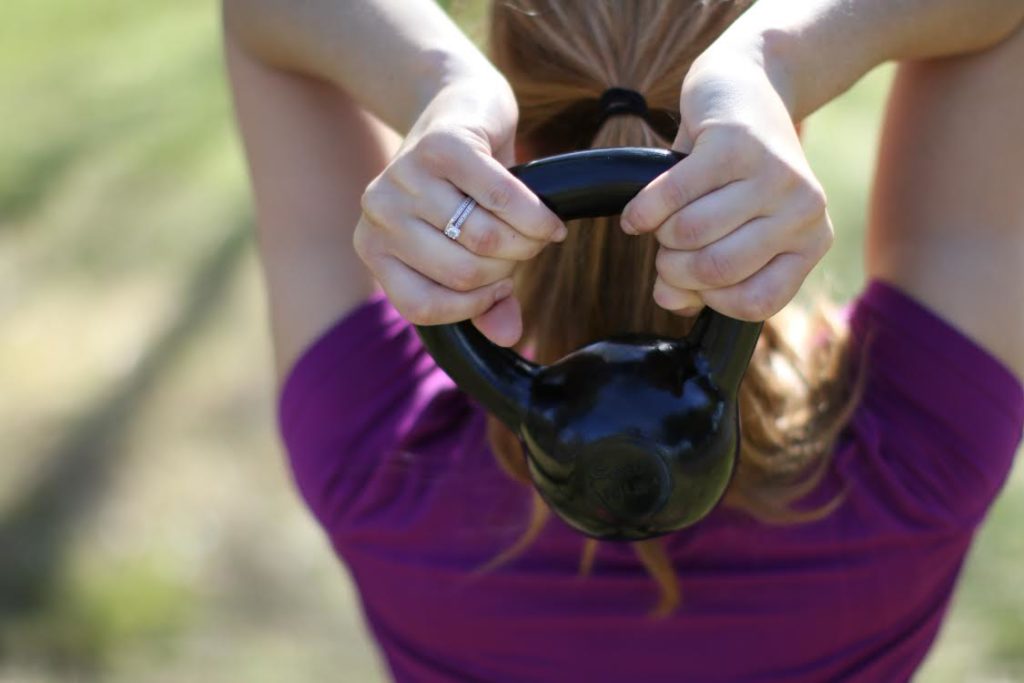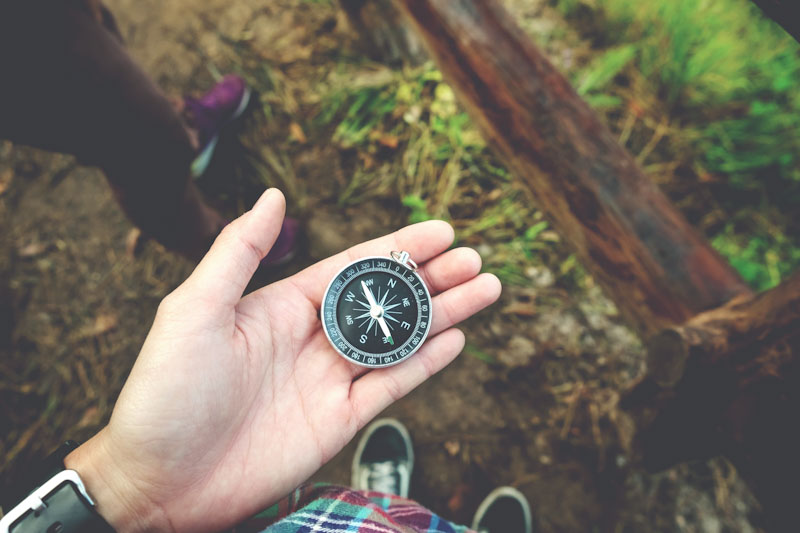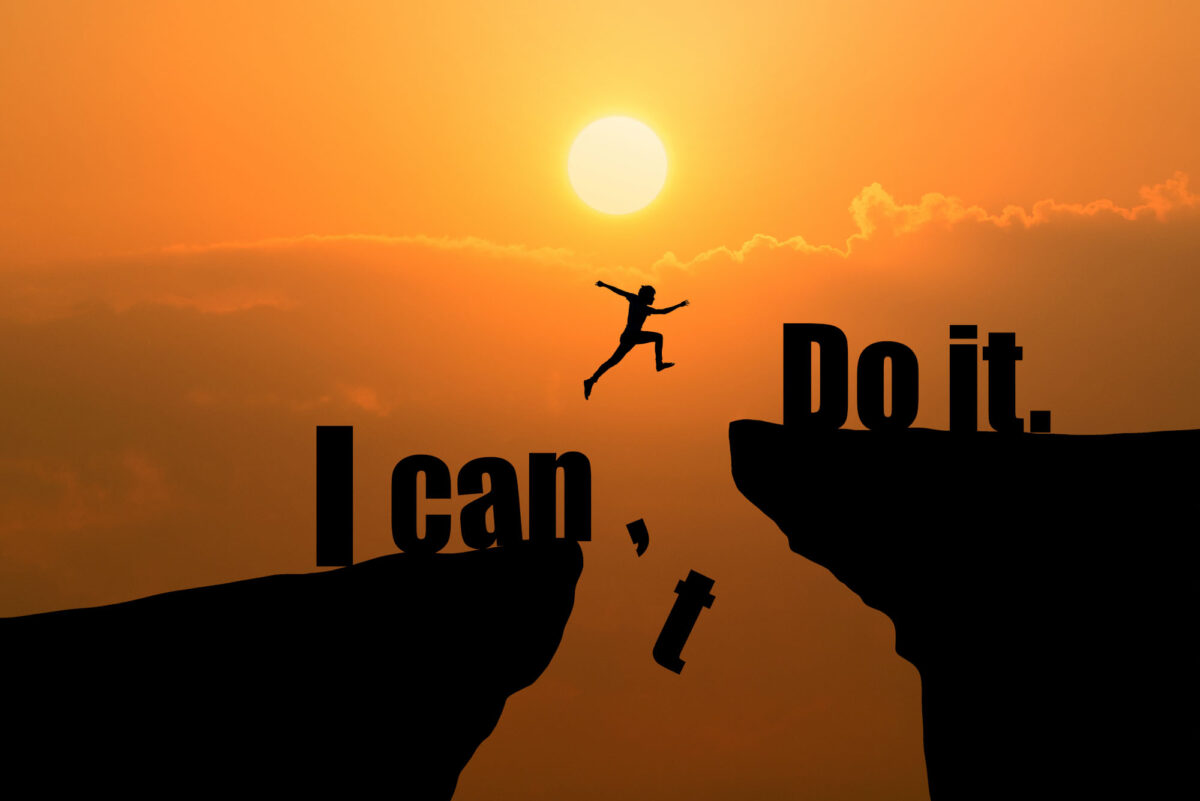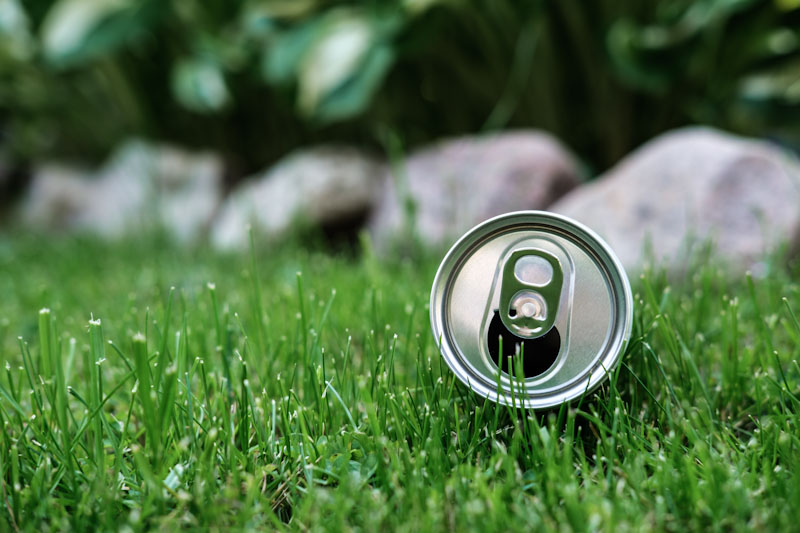You never know when a large-scale disaster can strike. If this happens you could find yourself stuck in the middle of chaos and needing to get out.
To have the best chance of escaping and surviving you should begin training your mind and body now.
Clear Mind
When disaster strikes, it will not matter how strong or fast you are if you go into complete panic mode. You need to first have a clear mind, so that you can get what you need without freaking out and wasting time.
Having better control over your mind and being able to subdue the reflex to panic will not only give you more time to react in a disaster, it will also ensure that you are able to gather the most valuable things without forgetting.
YOU only have 3 seconds to survive in a SHTF situation. Will you survive? Take the test!
Meditate
One of the best ways to keep a clear mind is to meditate. This is because meditation begins with you keeping your mind clear and keeping your focus on your breathing instead of random thoughts that pop up.
To begin a simple meditation, set a timer for about 10 minutes (you can work up from this) and sit down in a chair or on the floor. You don’t need to sit indian style with your hands held up chanting “Oooohmmm”. Just make sure that wherever you are sitting, that your back is kept straight, no slumping.
When you set the timer, close your eyes and focus on your breathing.
It may sound too simple, but give it a try. As you focus on in, out, in out, your thoughts will begin to creep in. Quiet your mind and go back to focusing on your breathing.
Starting out, you will deal with a lot of thoughts popping up. Keep at it, and as the days progress you will notice that there are less random thoughts occurring when you are meditating. Increase your time and continue.
This practice will not only help to calm your mind, it will also strengthen your mind and ability to focus. As you continue to meditate, you will gain the control to block out your mind and hold focus on a single thing, like breathing or keep your focus on what you need to grab before you get out when disaster strikes.
Get your family involved, mediate together and then talk about it after to see how you were able to concentrate or if you struggled. There are so many benefits that you can reap from meditating just 10 minutes a day.
Unplug
Another way to help clear your mind is to set aside time every day or even just once a week to unplug from your electronics. Make a special time to put down your phone, turn off the TV and just be in the world without electronic blinders.
Opt to limit how many times you check your social media accounts and wait a few minutes before you reply to emails or notifications. Unless they are from family that needs an urgent reply.
The next time you go somewhere use a map, no not the one on your phone. Instead find a paper road map and use a compass to keep your direction. You may not have your phone in a disaster so you need to know how to function without it.
Strength to Carry
While you could be able to bunker down in your home when something big and disastrous happens, there is a chance that you will need to grab your belongings and move to a safer location.
You need to be able to carry enough supplies to not only support you, but also support whoever is coming along with you. Don’t wait until the time hits – make a plan now of what you expect to carry, how heavy that load is, and who you can share it with. Roommates, family or neighbors.
Building strength for survival goes much further than just weight training, and as such, so will the exercises.
Arm Strength
There is a difference between being able to lift large amounts of weight versus being able to carry high amounts of weight. This is because when you lift weights or dead lift you are using a specific set of muscles.
When you lift something and carry it, you use some of those muscles from lifting, but you also use a new set of muscles. So while you can brag about being able to lift 250 pounds with ease, you many struggle with being able to carry 75 pounds across the room.
To build up your ability to carry, you will want to focus on some exercises like these:
Suitcase Carry
This carry will help you in day to day life as well as prepare you for carrying when you are in survival mode. For the suitcase carry you will be using a single weight, like a kettle ball or dumbbells.
Grab a free weight or kettlebell with one hand and carry it a set distance. While doing this, your other hand will be empty. You will not only have to lift the weight, but also keep your center of balance and hold your shoulders level.
Make sure that you switch off hands to keep your weight training even.
Farmer’s Walk
Use two weights instead of one like the suitcase carry to do the farmers walk. This carry uses two equal in weight objects that you will carry in each hand. You can do this with kettle balls, dumbbells or weight plates.
Fireman’s Carry
If you have kids or disabled individuals around then this is a must exercise. You never know when someone could get hurt and you should be able to lift and carry them out of danger.
To do this exercise, use a fit and willing gym partner. Pick them up by either using the piggyback way of supporting them from below while they wrap arms and legs around you, or hoist them over your shoulders with their legs dangling.
Bear Hug
Use a keg, sandbag or a log to help you with this exercise. You will want to wrap your arms around the weighted object and hold it securely to your chest. Do no clasp or intertwine your fingers during this lift.
Clutching a heavy object to your chest is going to make breathing more difficult, which is a second key part of this exercise. Start with short distances during this workout and focus on keeping your breathing steady as you lift and carry.
Sled Pulls
Pulling is not going to work the exact same muscles as carrying, but being able to pull large loads is a complementary exercise that can be very handy to build up strength in when you are preparing for survival.
To pull, you will use a rope attached to a mat that is holding the weight. It is simple enough, put weight on the sleigh and pull it towards you. Add more weight and pull it again. You can pull it forward, towards you, or turn around and walk with it being pulled behind you.
When incorporating these carry exercises into your routine, focus on light, medium and heavy days. On the light days, carry less weight and focus on traveling a longer distance. This will help you work up an endurance as you carry.
For heavy days, use more weight and opt to travel shorter distances. This will help you really work your muscles without over doing it.
Medium days will be your standard amount of weight over an average distance that you will lengthen on light days and shorten on heavy days.
Make sure that you are wearing a back brace if your core is weak to support the weights. If you are new to lifting large amounts and carrying, then consult a trainer on the best way to begin and how often you should increase your weight.
Core for Support
Your core consists of a group of four muscles (pelvis, lower back, abdomen and hips) that form together around your abdomen. These muscles are not just for giving you that sought after washboard ab look.
When your core is strong, it helps:
- Keep your balance in rocky terrain.
- Support your back.
- Protect your organs.
- You lift and carry more efficiently.
- Reduce back pain that can come from sitting, standing or walking.
You use your core in everyday situations, with almost every move that you make. When you are thrust into survival mode, you are making more important moves and will need your body to keep up with what you need to do to stay safe.
These basic exercises can help you begin to strengthen your core. Make sure that you are breathing freely and deeply as you work on your core.
Crunches
This is a well known way to work on your abdominal muscles, just make sure that you are doing it correctly. Lie on your back and put your feet flat against a wall or door. This will put your knees and hips at a 90 degree angle.
Cross your arms over your chest instead of placing them behind your neck, this will reduce neck strain and ensure that you are using your core muscles to perform the crunch.
Instead of going up and down as fast as you can, raise up in the crunch position, hold for three second or three breaths and then go down. Go down for two seconds and repeat. To begin with, do short reps of 10 – 15 and then work you way up to more.
Plank
Laying flat on your stomach, lift up to rest on your elbows. To begin the plank, lift the lower end of your body up. You will be placing all of your weight on your forearms and your toes.
You can do a modified plank by using your forearms and resting your weight on your knees. To up the difficulty, lift one leg and one arm while you do this exercise. Start by holding each plank for 15 seconds and then increase the time as you build up your core.
Side Plank
This exercise focuses on the muscles on your sides to help strengthen them. Lie on your left side, raise the top of your body up by resting on your elbow. Make sure that your feet, knees, hips and chest are in a straight line with no bends. Lay your other arm flat down your side.
Make sure that your hips are lifted off the ground. Tighten your abdomen muscles and hold this for three deep breaths. Do five reps of this and then switch to your right side.
Superman
This core exercise will work on your lower back muscles. Lie flat on your stomach with a rolled up towel or a small pillow under your hips to help support your back. You can also use a small towel to support your head.
Tighten your abdominal muscles and lift your right arm off the floor. Hold this pose for three deep breaths and then alternate with your left arm. Now lift your right leg off the floor and hold for three deep breaths, followed by doing the same with your left leg.
You can choose to do a few reps of each or go one after the other. For added difficulty, lift your right arm and left leg at the same time.
These core exercises will work to help you build up the strength in your core. You aren’t just going for a tight abdomen, you are working towards more all around support to help you not only carry weight, but also keep moving with less pain.
If you have any back problems, then as you build your core, your back pain should begin to lessen. This is because your core will be shouldering the weight burden that has been put on your spine and lower back.
Endurance to Run
You have the mental clarity to gather your things, you have the strength to lift and carry. Now you need the endurance to get away. You may not need to run right away, hopefully if disaster strikes you can get into your car and drive, but if things get bad you may need to move on foot and fast.
Adding in a regular run to your daily exercise routine will help you with building up endurance.
You don’t need to sprint to start, if you are not accustomed to running then you can build from a walk or jog.
Overdoing it at first can harm your leg muscles and feet. When you get into running, try to make distances that you want to reach. Don’t get discouraged if you have to stop and walk, instead, make a mental note and try to run a little longer before you have to stop the next time.
While running can seem like a little bit of a bore when you are training for end of the world endurance, to spice your run up a little, try to add in some parkour.
Parkour is the act of running from point A to B through urban obstacles. Take care if you want to incorporate this high intensity sport into your run. You could also ask a trainer or friend who has done it before to help you learn some of the basic principles.
Like exercising, try this sport slowly, don’t go at a full run the first time. Let your body build up the muscle memory for how to move so that when disaster strikes, you can better get through and over obstacles to get to safety.
Defend Yourself
A final thing you should add into your end of the world training is to take a defense class. Krav Maga or a martial arts class is a good way for you to learn how to defend yourself. You never know what a large scale disaster can bring on. You may need to know how to protect or defend your family.











jan moerman | July 31, 2018
|
that survival effect migt have been one of the reasons why human ancestors kept going upright, evolving to avid walkers and carriers, and then even long distance runners?